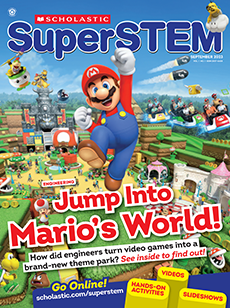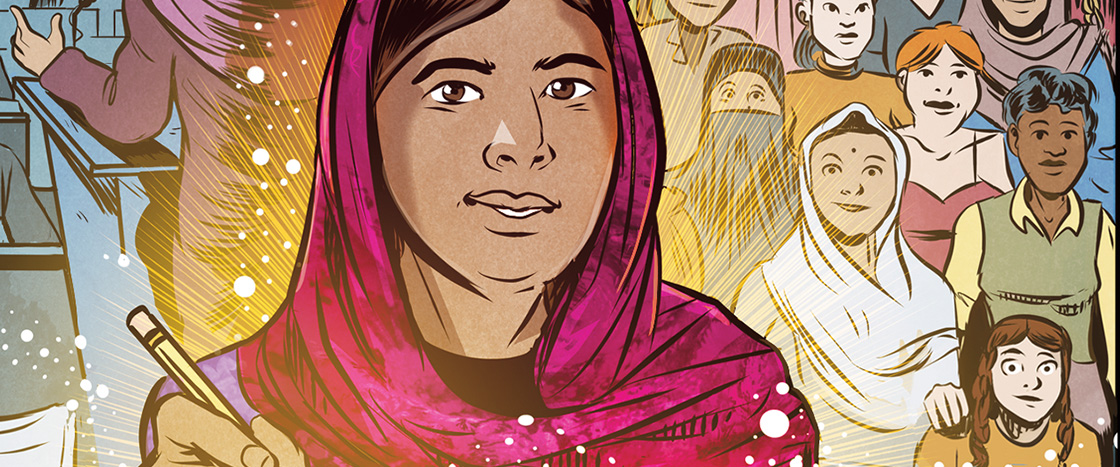Louise Kennerley/Fairfax Media via Getty Images
Malala Yousafzai was born in Mingora, Pakistan, in 1997. Her father, who founded a school, taught her that every person has a right to learn.
When an extremist religious group called the Taliban took control of Malala’s city, it banned girls from going to school. Malala spoke out against this policy.
In 2012, members of the Taliban attacked Malala. She was only 15 years old. She miraculously survived.
Malala refused to be silenced. In 2014, at age 17, she became the youngest person ever to receive the Nobel Peace Prize. To this day, she still travels the world speaking and writing about the importance of education.

